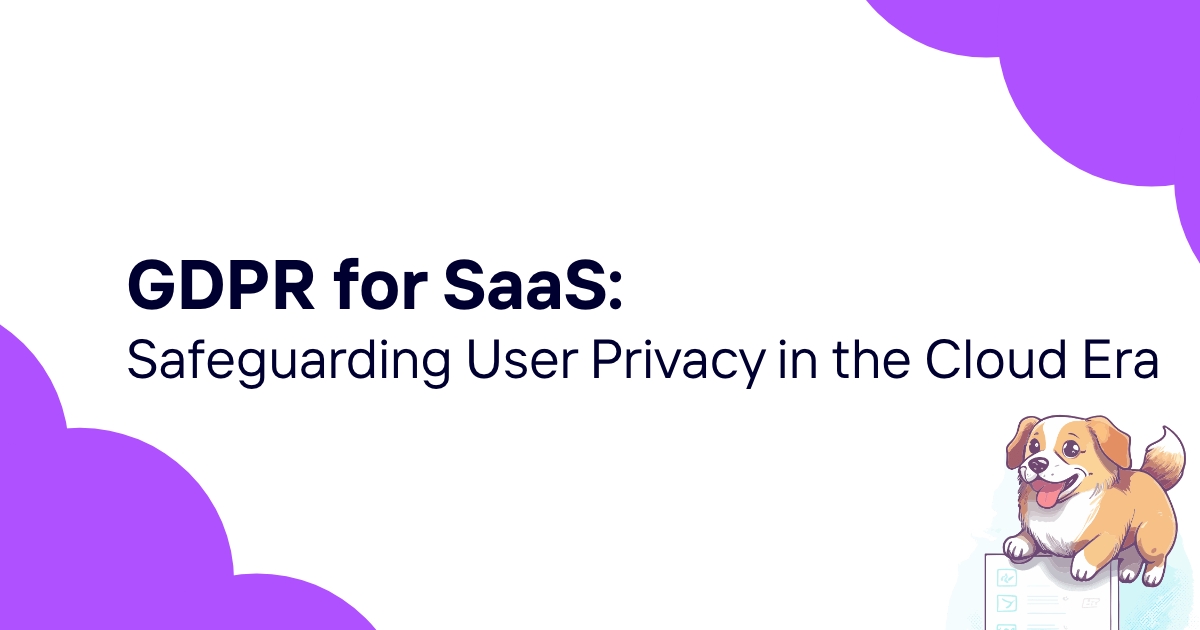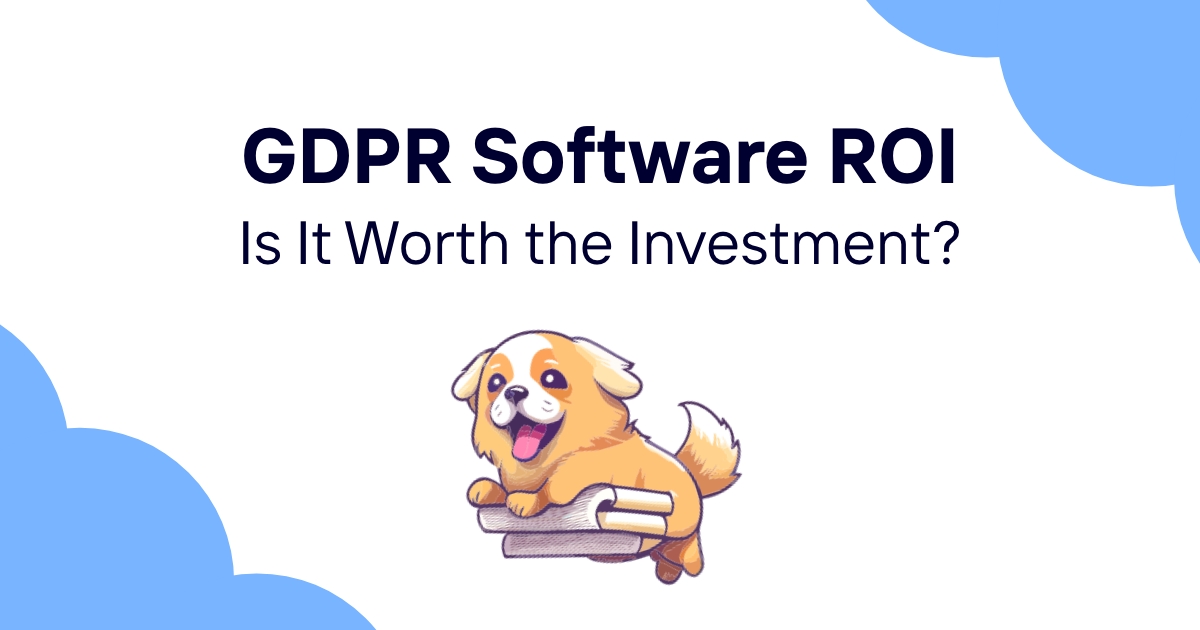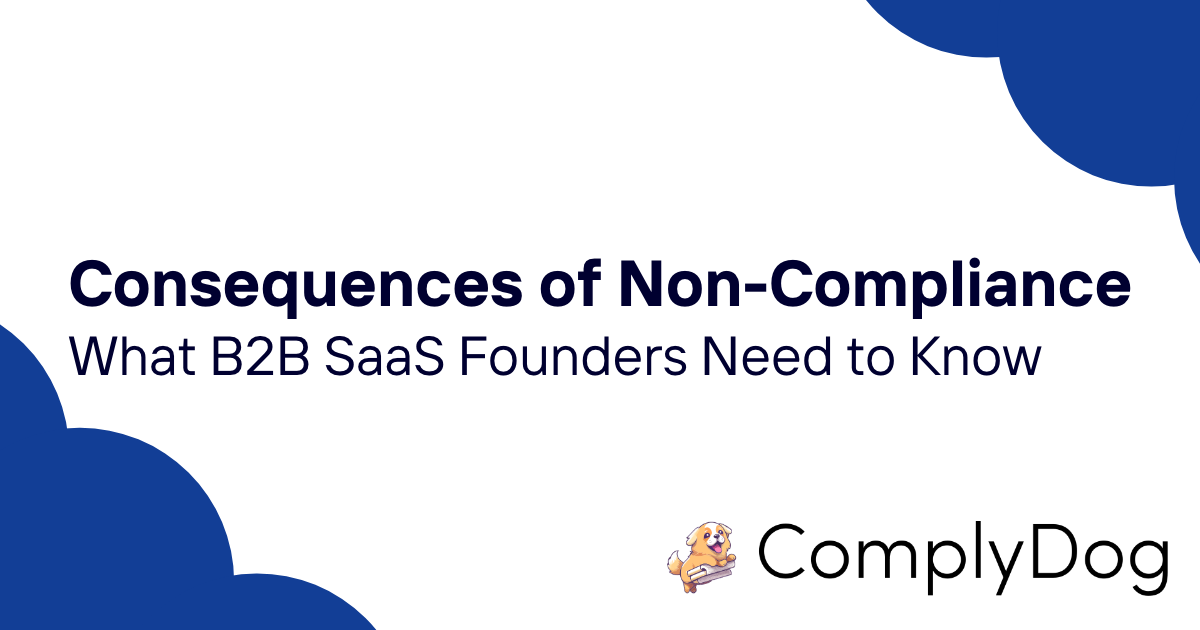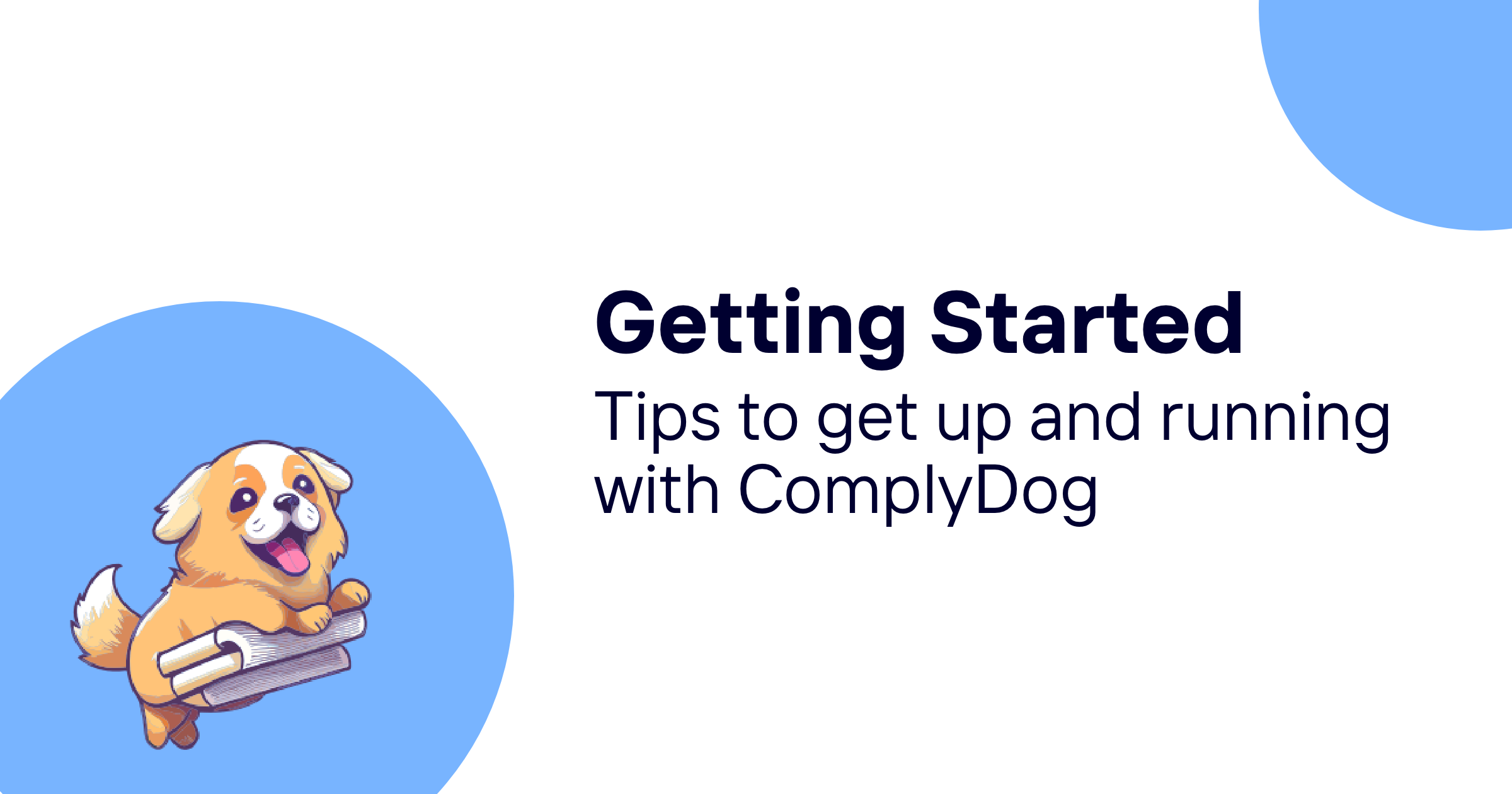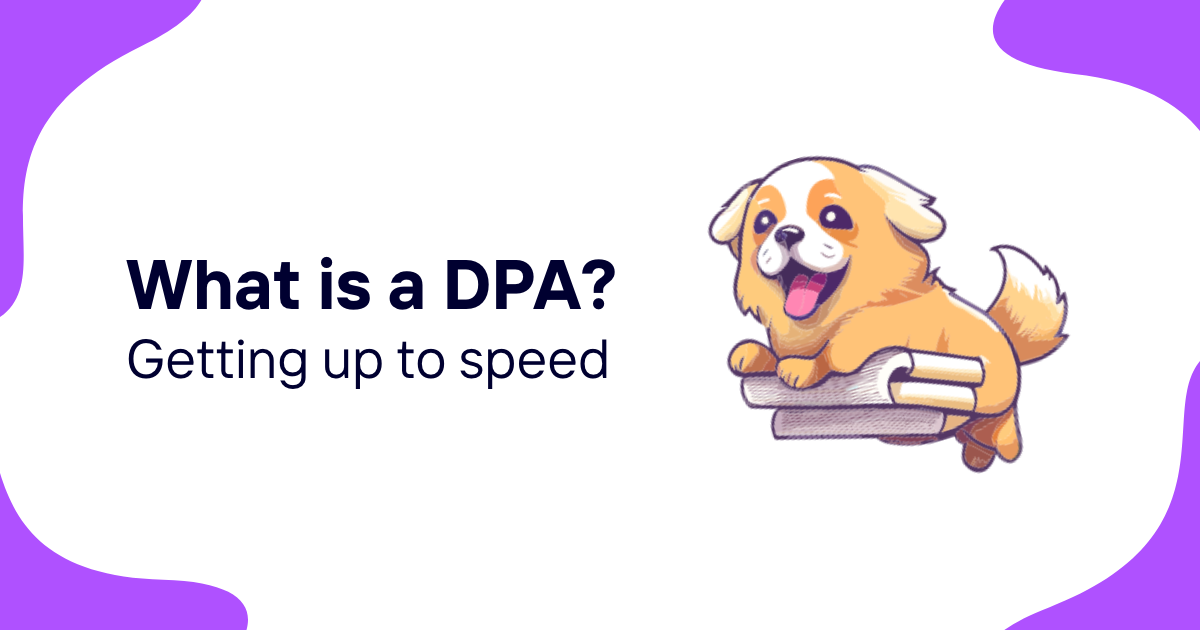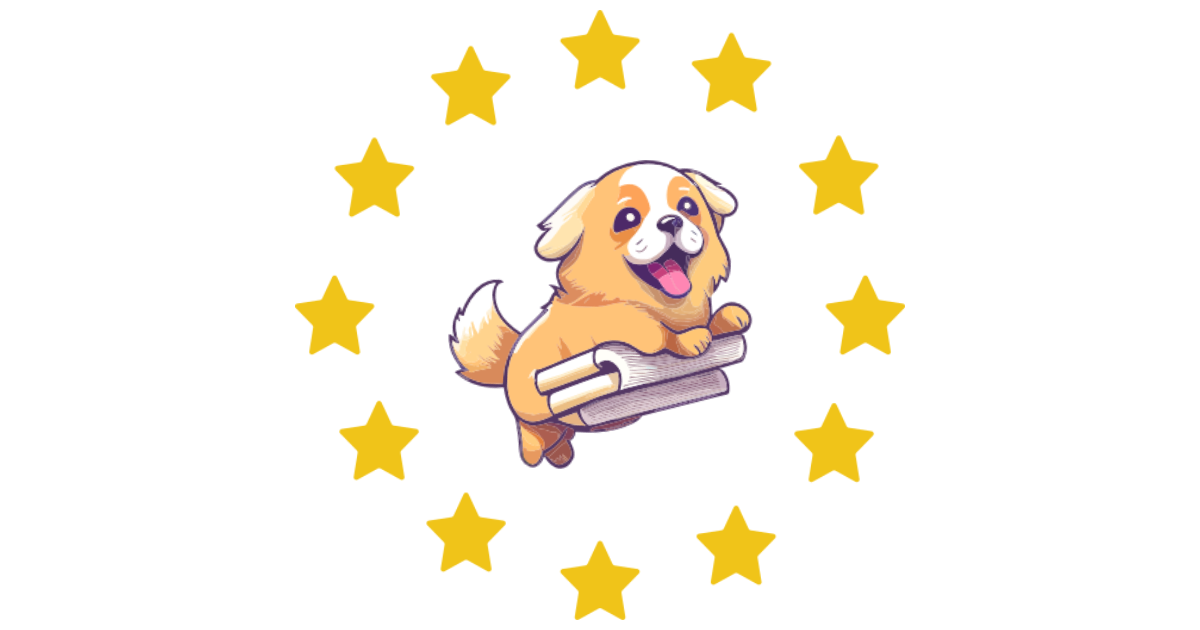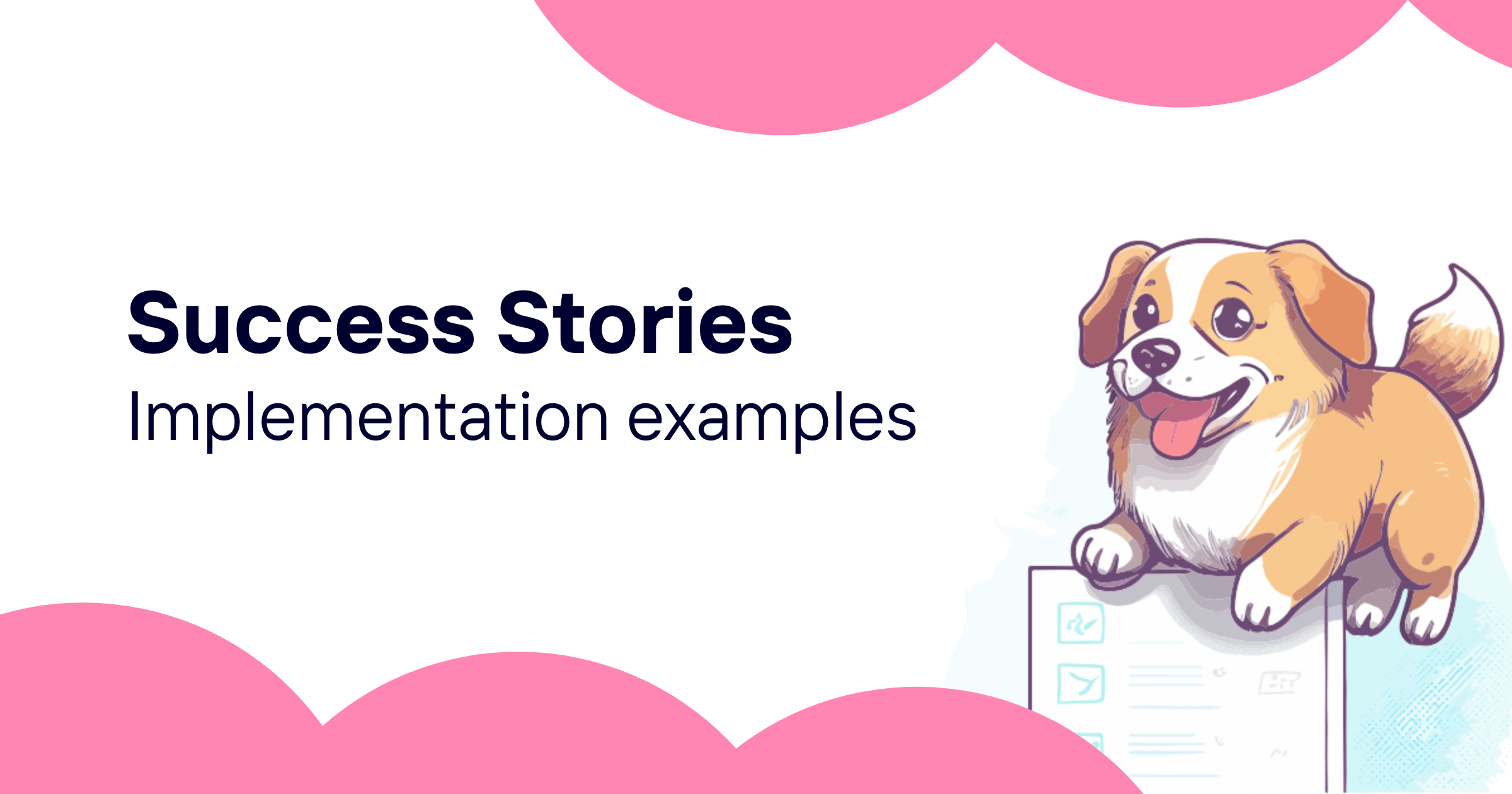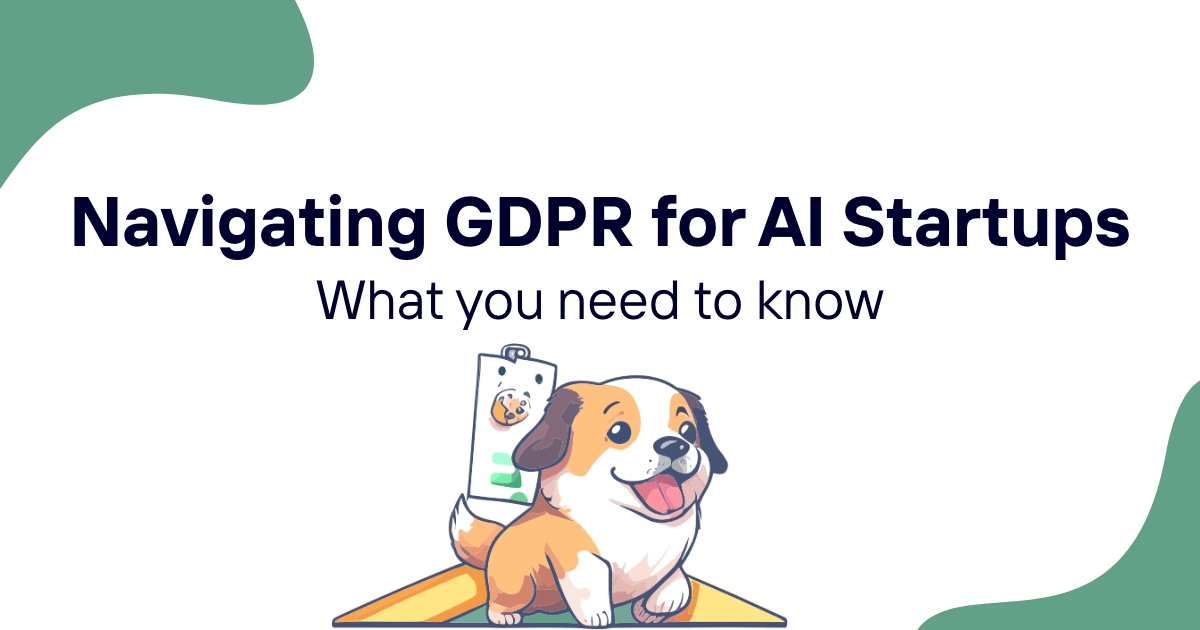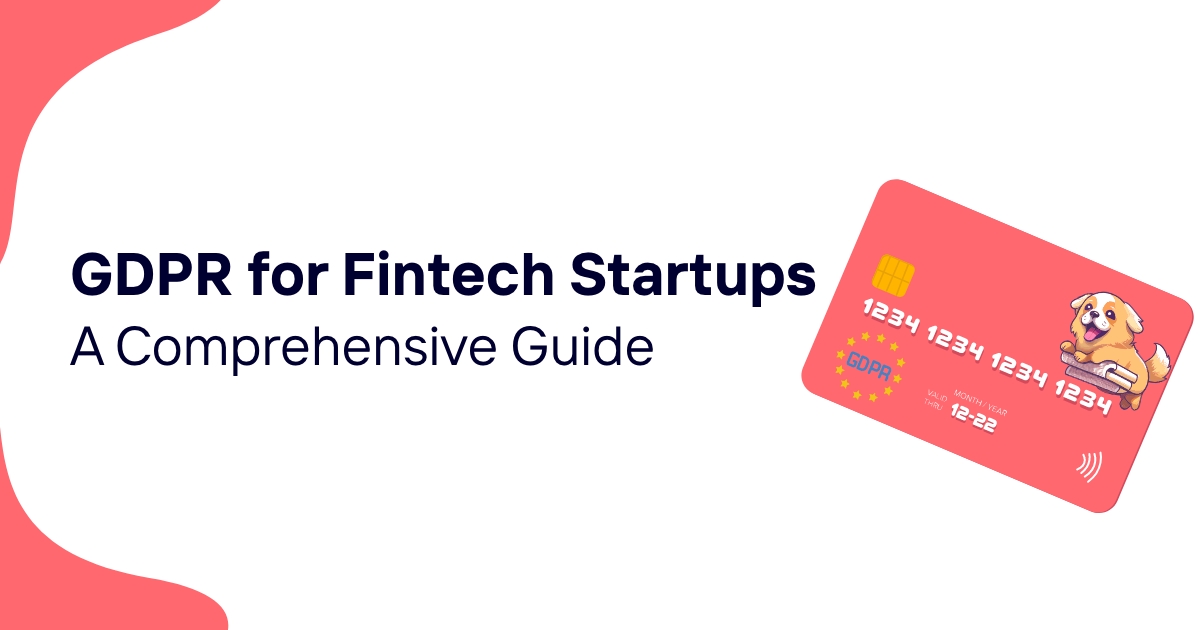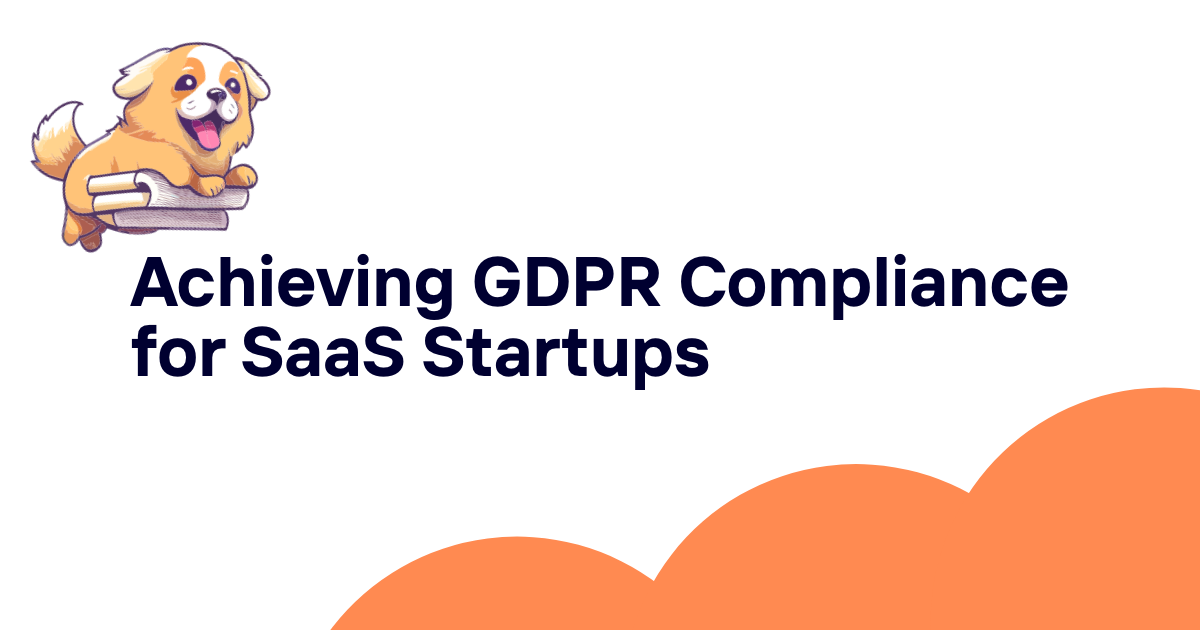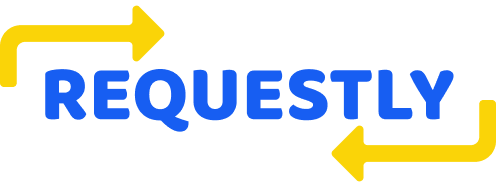Listen up, fellow SaaS enthusiasts! If you're running a software business in today's data-driven world, you've probably heard the term "GDPR" thrown around more times than you can count. But let's be real - how many of us truly understand what it means for our companies and customers?
I'll admit, when GDPR first hit the scene back in 2018, I was tempted to bury my head in the sand and hope it would all blow over. Spoiler alert: it didn't. And thank goodness for that, because this regulation has actually become a major catalyst for positive change in how we handle user data.
So buckle up, because we're about to dive into the wild world of GDPR compliance for SaaS companies. Trust me, it's not as scary as it sounds (okay, maybe a little scary, but we'll get through this together).
Table of Contents
- What the heck is GDPR anyway?
- Why should SaaS companies care?
- Key GDPR principles for SaaS
- Practical steps for GDPR compliance
- Common GDPR pitfalls for SaaS
- GDPR compliance checklist for SaaS
- The role of Data Protection Officers in SaaS
- International data transfers: Navigating the post-Privacy Shield world
- GDPR and AI: The next frontier for SaaS
- The business case for GDPR compliance
- Tools and resources for GDPR compliance
What the heck is GDPR anyway?
GDPR, or the General Data Protection Regulation, is like that strict parent who shows up at your high school party and makes everyone go home early. Except in this case, the party is your carefree approach to user data, and "going home" means implementing robust privacy practices.
In essence, GDPR is a set of rules designed to give EU citizens more control over their personal data. It aims to simplify the regulatory environment for international business by unifying data protection regulations within the EU.
But here's the kicker - GDPR doesn't just apply to companies based in the EU. If you're a SaaS company handling the data of EU citizens, you're on the hook regardless of where your servers are located. (I learned this the hard way, trust me.)
Why should SaaS companies care?
Now, you might be thinking, "I'm just a small SaaS startup. Surely the EU has bigger fish to fry?" Well, my friend, think again. GDPR applies to companies of all sizes, and the penalties for non-compliance are no joke.
We're talking fines of up to €20 million or 4% of your global annual turnover, whichever is higher. That's enough to make even the most cavalier startup founder break out in a cold sweat.
But it's not just about avoiding fines. GDPR compliance can actually be a competitive advantage. In an era where data breaches are making headlines left and right, users are becoming increasingly concerned about their privacy. By demonstrating a commitment to data protection, you can build trust with your customers and differentiate yourself from competitors who might be playing fast and loose with user data.
Key GDPR principles for SaaS
Alright, let's break down the core principles of GDPR that every SaaS company needs to wrap their head around:
-
Lawfulness, fairness, and transparency: Be upfront about what data you're collecting and why. No sneaky business!
-
Purpose limitation: Only collect data for specific, legitimate purposes. Don't be that creepy app that asks for access to your contacts for no good reason.
-
Data minimization: Keep it lean and mean. Only collect the data you actually need.
-
Accuracy: Keep your data up-to-date and give users the ability to correct inaccurate information.
-
Storage limitation: Don't hoard data like a digital packrat. Delete it when you no longer need it.
-
Integrity and confidentiality: Protect the data you collect. No leaving your laptop with all your user data at the coffee shop!
-
Accountability: Be prepared to demonstrate compliance. Documentation is your new best friend.
These principles might seem like common sense, but you'd be surprised how many SaaS companies were caught with their pants down when GDPR came into effect. (Metaphorically speaking, of course. I hope.)
Practical steps for GDPR compliance
Enough theory - let's get down to brass tacks. Here are some concrete steps you can take to get your SaaS business on the road to GDPR compliance:
-
Conduct a data audit: Figure out what personal data you're collecting, where it's stored, and how it's used. This might be a painful process (I speak from experience), but it's crucial.
-
Update your privacy policy: Make it clear, concise, and easy to understand. No one likes reading a novel-length privacy policy written in legalese.
-
Implement data protection by design: Build privacy considerations into your product development process from the ground up.
-
Set up processes for data subject requests: Users have the right to access, correct, and delete their data. Make sure you can handle these requests efficiently.
-
Secure your data: Implement appropriate technical and organizational measures to protect user data. This might include encryption, access controls, and regular security audits.
-
Train your team: Make sure everyone in your organization understands their responsibilities when it comes to data protection.
-
Appoint a Data Protection Officer (DPO): This might not be necessary for all SaaS companies, but if you're processing large amounts of sensitive data, you'll need someone to oversee your data protection strategy.
-
Review your third-party relationships: If you're using third-party services to process data, make sure they're GDPR compliant too.
Remember, GDPR compliance is not a one-and-done deal. It's an ongoing process that requires regular review and updates. (Kind of like that gym membership you swore you'd use more often.)
Common GDPR pitfalls for SaaS
In my years of helping SaaS companies navigate the murky waters of GDPR, I've seen some recurring issues pop up. Here are a few pitfalls to watch out for:
-
Assuming GDPR doesn't apply to you: "We're not based in the EU, so we're fine, right?" Wrong. If you have EU users, GDPR applies.
-
Relying on pre-ticked consent boxes: This is a big no-no under GDPR. Consent must be freely given, specific, informed, and unambiguous.
-
Neglecting data subject rights: Ignoring or delaying responses to user requests for data access, correction, or deletion can land you in hot water.
-
Overcomplicating your privacy policy: Your privacy policy should be clear and easy to understand. If it reads like a legal textbook, you're doing it wrong.
-
Failing to document your compliance efforts: GDPR requires you to demonstrate compliance. Keep detailed records of your data protection measures.
-
Neglecting data protection impact assessments (DPIAs): If you're processing high-risk data, you need to conduct DPIAs.
-
Inadequate breach notification procedures: GDPR requires you to report certain types of data breaches within 72 hours. Make sure you have a plan in place.
GDPR compliance checklist for SaaS
To help you keep track of your GDPR compliance efforts, I've put together a handy checklist. Feel free to print this out and stick it on your office wall. (Or your fridge. I won't judge.)
- Conduct a comprehensive data audit
- Update privacy policy and terms of service
- Implement data protection by design and default
- Set up processes for handling data subject requests
- Implement appropriate security measures
- Train employees on GDPR requirements
- Appoint a Data Protection Officer (if necessary)
- Review and update contracts with data processors
- Implement a data breach notification process
- Conduct Data Protection Impact Assessments for high-risk processing
- Maintain records of processing activities
- Regularly review and update data protection measures
The role of Data Protection Officers in SaaS
If your SaaS company is processing large amounts of sensitive data, you might need to appoint a Data Protection Officer (DPO). This person is responsible for overseeing your data protection strategy and ensuring compliance with GDPR.
The DPO's role includes:
- Informing and advising the company and its employees about their obligations under GDPR
- Monitoring compliance with GDPR and other data protection laws
- Advising on Data Protection Impact Assessments
- Cooperating with the supervisory authority and acting as a contact point
Now, I know what you're thinking - "Great, another salary to pay!" But trust me, a good DPO can save you from costly mistakes and potential fines down the line. Plus, they can help you turn data protection into a competitive advantage. Win-win!
International data transfers: Navigating the post-Privacy Shield world
If your SaaS business transfers data outside the EU, you need to pay special attention to this section. The invalidation of the EU-US Privacy Shield in 2020 threw a wrench in many companies' data transfer practices.
So, what are your options now?
-
Standard Contractual Clauses (SCCs): These are pre-approved contractual terms and conditions that both the data exporter and importer sign up to.
-
Binding Corporate Rules (BCRs): These are internal rules for data transfers within multinational companies. They're harder to set up but provide more flexibility.
-
Derogations: In specific situations, you might be able to transfer data based on explicit consent or for the performance of a contract.
Remember, the key is to ensure that the level of protection guaranteed by GDPR travels with the data. It's like making sure your luggage arrives safely at your destination - except the luggage is sensitive user data and the destination is a server farm in who-knows-where.
GDPR and AI: The next frontier for SaaS
As if GDPR compliance wasn't complicated enough, the rise of AI in SaaS products has added a whole new layer of complexity. If your product uses AI or machine learning algorithms, you need to consider:
-
Transparency: Can you explain how your AI makes decisions? Users have the right to know.
-
Bias and fairness: Are your algorithms treating all users fairly? Discrimination, even if unintentional, is a big no-no.
-
Data minimization: AI often thrives on large datasets, but GDPR requires data minimization. It's a tricky balance to strike.
-
Right to human intervention: For decisions that significantly affect users, GDPR gives them the right to contest automated decisions and request human intervention.
The intersection of GDPR and AI is still a bit of a grey area, with regulators and companies alike trying to figure out best practices. My advice? Stay informed, be proactive, and always err on the side of caution when it comes to user privacy.
The business case for GDPR compliance
Now, I know what some of you are thinking: "This all sounds like a lot of work and expense. Is it really worth it?"
Let me tell you a little secret: GDPR compliance can actually be good for your bottom line. Here's why:
-
Improved data management: The data audit required for GDPR compliance often reveals inefficiencies and redundancies in data management. Cleaning this up can lead to cost savings and improved operations.
-
Enhanced customer trust: In an era of frequent data breaches, demonstrating a strong commitment to data protection can set you apart from competitors.
-
Better data quality: GDPR's emphasis on data accuracy and minimization often results in cleaner, more useful datasets.
-
Reduced risk: While the upfront costs of compliance might be significant, they're likely less than the potential fines and reputational damage of a data breach.
-
Competitive advantage: GDPR compliance can open doors to European markets and customers who prioritize privacy.
In other words, think of GDPR compliance as an investment in your business's future, not just a regulatory burden.
Tools and resources for GDPR compliance
Alright, I've thrown a lot of information at you. You might be feeling a bit overwhelmed. (I know I was when I first started tackling GDPR compliance.) But don't worry - there are plenty of tools and resources out there to help you on your GDPR journey.
-
Data mapping tools: These can help you visualize your data flows and identify potential compliance issues. Some popular options include OneTrust and BigID.
-
Consent management platforms: These tools help you collect and manage user consent in a GDPR-compliant way. Check out solutions like Cookiebot or TrustArc.
-
Data subject request management: Tools like DataGrail can help you efficiently handle data access and deletion requests.
-
Security and encryption tools: Look into solutions like Boxcryptor for encrypting cloud storage or Virtru for email encryption.
-
GDPR compliance software: Platforms like ComplyDog offer comprehensive solutions for managing your GDPR compliance efforts.
Speaking of ComplyDog, I've got to give them a shout-out here. As an all-in-one GDPR compliance tool for software businesses, ComplyDog can be a game-changer for SaaS companies struggling with compliance.
ComplyDog helps you:
- Conduct thorough data audits
- Generate GDPR-compliant privacy policies
- Manage data subject requests
- Track your compliance progress
- Stay up-to-date with changing regulations
But perhaps most importantly, ComplyDog helps you turn GDPR compliance from a daunting task into a manageable process. And in my book, anything that makes compliance easier is worth its weight in gold. (Or bitcoins. Whatever floats your boat.)
Look, I get it. GDPR compliance isn't exactly the most exciting part of running a SaaS business. But it's an essential one in today's data-driven world. By embracing GDPR principles and implementing robust data protection practices, you're not just avoiding fines - you're building a stronger, more trustworthy business.
So take a deep breath, roll up your sleeves, and dive into GDPR compliance. Your future self (and your users) will thank you.
